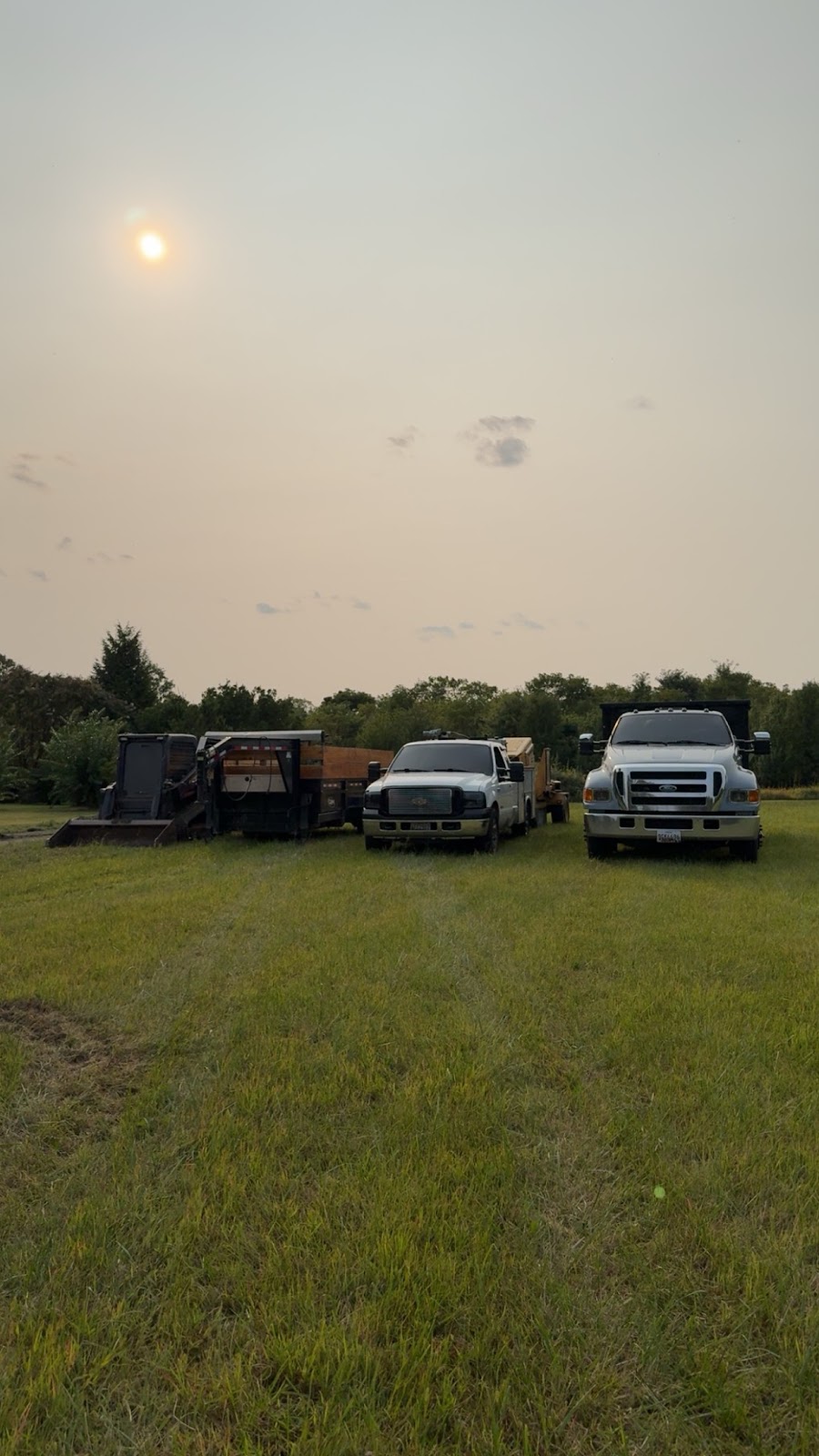
The Ultimate Guide to Choosing the Right Plants for Your Climate Sep 16, 2025
Before diving into plant selection, it is crucial to identify the climate zone of your area. The United States is divided into various climate zones, each characterized by its temperature range and weather patterns. Knowing your zone helps in selecting plants that will not only survive but thrive in your regional conditions. You can determine your climate zone by consulting the USDA Plant Hardiness Zone Map, which categorizes areas based on minimum winter temperatures.
Once you've pinpointed your climate zone, consider the microclimates unique to your landscape. Microclimates are local atmospheric zones where the climate differs from the surrounding areas. These can be influenced by factors such as elevation, the presence of water bodies, and structures like fences or buildings. For example, a sunny slope or a shaded patio creates a microclimate that can allow for a diverse range of plantings even within a single garden.
Selecting native plants is another critical aspect of climate-appropriate gardening. Native plants have evolved to thrive in the local climate and soil conditions, often requiring less maintenance. They support local ecosystems by providing habitats for pollinators such as bees and butterflies. At Pleasant Valley Land Management, we recommend native species for an eco-friendly and low-maintenance landscape.
Water availability and usage should also factor into your plant selection process. Drought-tolerant plants are ideal for areas with limited rainfall. These plants can survive with minimal watering once established, making them an excellent choice for sustainable landscaping. On the other hand, if you have water features or a high-water table, you may choose plants that prefer boggy conditions.
It's also valuable to consider the visual and functional elements your plants can offer. Determine whether your priority is color, fragrance, shade, or privacy when designing your landscape. For instance, trees such as magnolias or oaks provide excellent shade, while fragrant plants like lavender and jasmine can enhance the sensory experience of your garden. Hedging plants can be strategically planted for privacy and noise reduction.
As your landscape matures, seasonal changes in foliage color and texture can add interest throughout the year. Consider incorporating a mix of evergreen and deciduous plants to maintain visual appeal across seasons. This diversity ensures that your garden remains lively and attractive, even during the cooler months.
Creating a garden that harmonizes with your local climate requires thoughtful planning and resourcefulness. With the right plant choices, you can enjoy a healthy, vibrant landscape that benefits both you and the environment. At Pleasant Valley Land Management, we’re here to assist in every step of the process, from selecting the perfect plants to designing stunning hardscapes that complement your choices.
Invest time in understanding your climate and choosing the right plants—it's a decision that pays dividends in reduced maintenance, lower costs, and a flourishing garden. With expert advice and diligent planning, your outdoor space will not only be a beautiful retreat but also a resilient and sustainable environment.
/filters:no_upscale()/media/671ac51a-d63a-4779-90fa-7bf4b209a8c6.jpeg)
/filters:no_upscale()/filters:format(webp)/media/ed7ee32a-cd43-4f7e-be18-0eeea69695f3.jpeg)